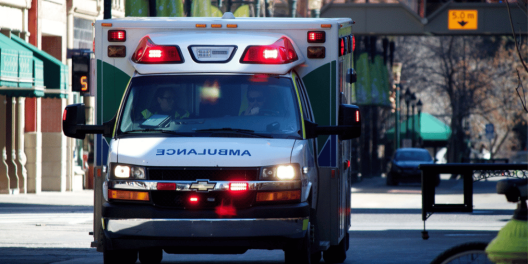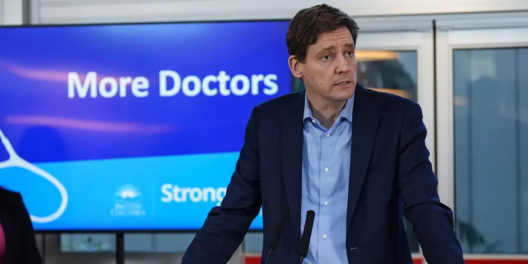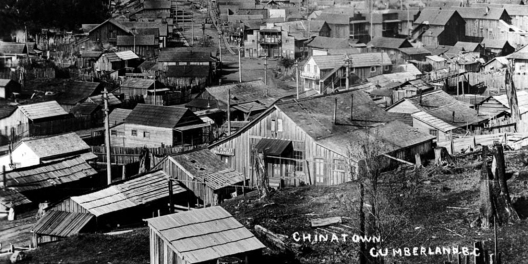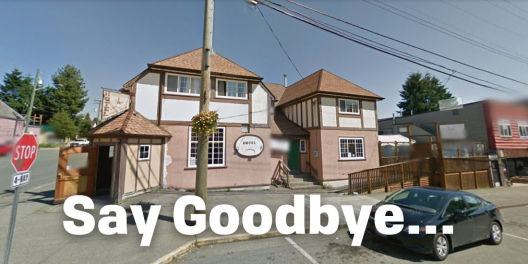Last July, when patients of Ginger Goodwin Clinic in Cumberland called for an appointment, they got the answering machine. The message was bad. The clinic would be closing for good as of July 31, 2021.
All patients were told to find new family doctors.
Easier said than done these days. Many of the patients were left high and dry. They joined the estimated 1 million people in BC who don’t have a family doctor.
In the early 1990s, BC faced the opposite problem, according to politicians of the day. The province had too many family doctors. When Mike Harcourt was elected premier in 1991, his NDP government had a new report in hand that was commissioned by the previous Social Credit government. It was called “Closer to Home: Summary of the Royal Commission on Health-Care Costs.”
“It concluded that there was a mismatch between the health-care professionals we needed and what we actually had,” then health minister Elizabeth Cull told CBC’s On The Island in a recent interview.
Harcourt’s government acted on several recommendations in the report. But the three most important were:
- immigrant physicians were no longer allowed to practice in BC,
- international medical students had to leave the province after graduation, and
- new graduates were directed away from family practice and into specialized fields.
By 2000, most medical internships had been moved away from family practice to specialist roles.
Back then, it might have seemed like smart bean-counting. Today, these decisions look like a disaster. The province faces a critical and unprecedented family doctor shortage. The shortage is so bad that a village like Cumberland has no clinic, even with its hip and comfortable small-town lifestyle.
These short-sighted health care policy decisions made three decades ago are being made worse by BC’s broken fee-for-service model.
Ever wonder why doctors rush through appointments and have waiting rooms stacked with patients?
Blame BC’s fee-for-service model.
Under this system, family doctors are paid roughly $30 per patient visit, whether it’s slapping a band-aid on a cut or dealing with a complex chronic health problem. Docs run their offices like a business and have overhead that’s usually more than $60 per hour.
You can do the math!
Doctors are burning out. Patients are being put through a gristmill of fast-food medicine. New medical grads are choosing to specialize instead of opening a family practice.
The long-term consequences of this doctor shortage won’t be good. People without a doctor will live with untreated and even undiagnosed health conditions. Unhealthy people are less able to work and support themselves and their families.
And trends will make the problem worse.
People are living longer. As they do, we’ll have more hips that need replacing and more life-preserving surgeries that need to be performed. This all costs money.
But when a family or individual can’t even find a family doc for a regular check-up, we’ve got a big problem.
No doubt, this crisis will be like candy for politicians pushing for more privatized health care. But that means folks with less money will get worse care, and we’ll all be worse off in the long run.












